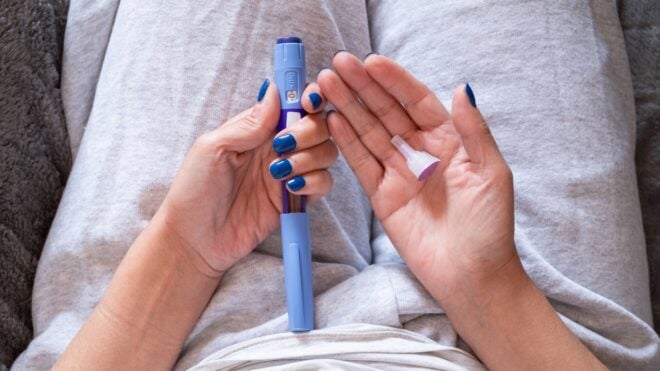Acne has been a ongoing struggle for me ever since middle school, and I'm still searching for something that really helps clear my skin. I recently started exploring natural remedies, including coconut oil and tea tree oil, and they have been showing decent results — so why stop there? The next item on my skincare bucket list is a special soap that's become more and more popular, with many people swearing by its benefits.
So what is this amazing remedy? African black soap. The name itself is already intriguing enough! Other distinctly dark natural remedies like activated charcoal have started becoming trendy as well. Many product reviews have raved about this black soap curing their acne and changing their lives forever. Those are some bold claims, so of course I wanted to see if it would work as well for me.
I tested it out for two weeks, checking in every other day with a photo of my progress. Keep scrolling to check out my results below.
What Is African Black Soap?
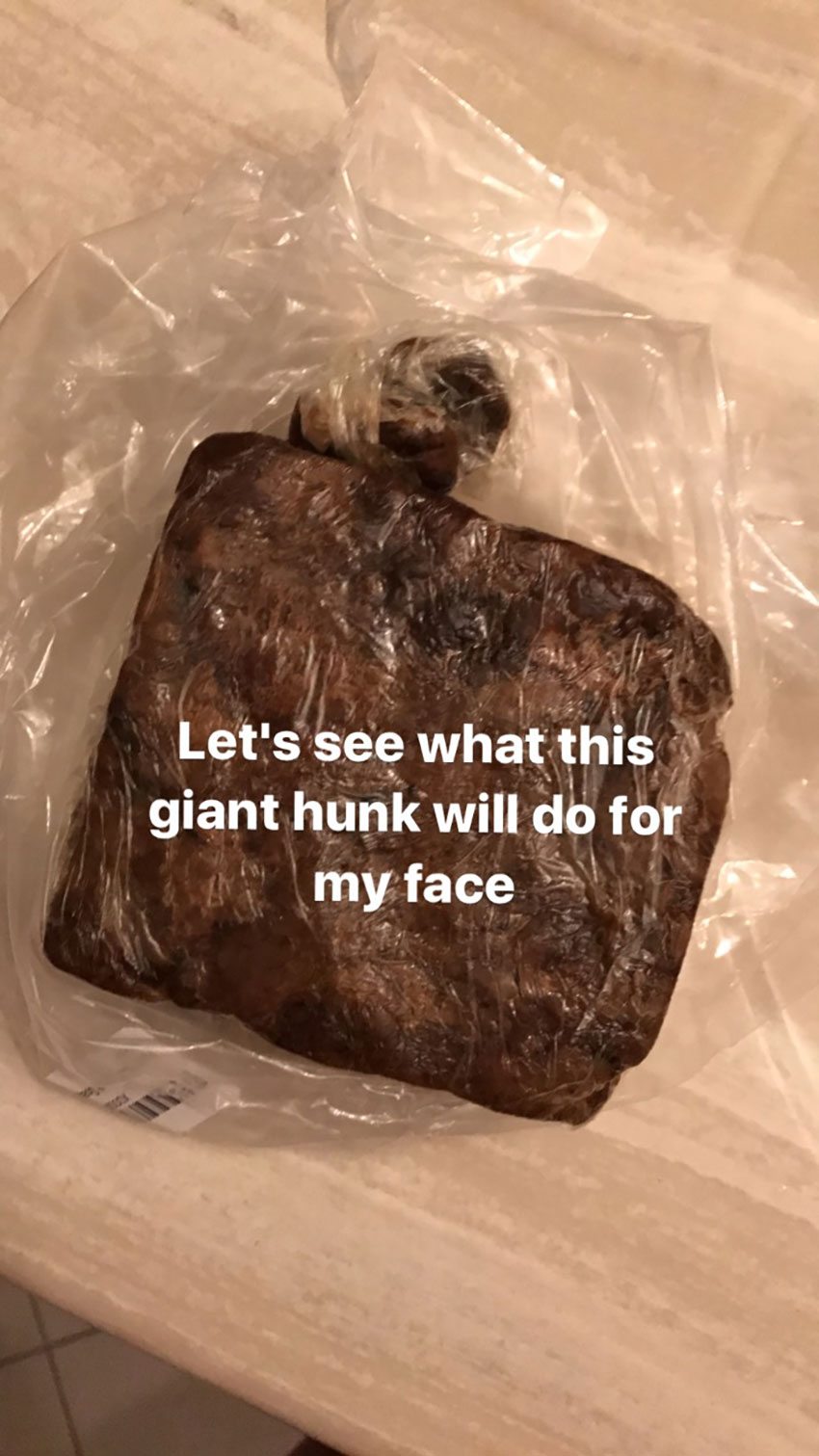
So what exactly is African black soap? According to Mother Nature Network, black soap is made from plantain, cocoa pods, palm tree leaves and shea tree bark. Water and various oils such as coconut oil and shea butter are then added to give moisture.
And what makes African black soap black? The ingredients are sun-dried and roasted to turn it "black." But interestingly enough, real, natural black soap is actually supposed to be a deep brown color — but certain companies add the black color with artificial ingredients.
African Black Soap Benefits
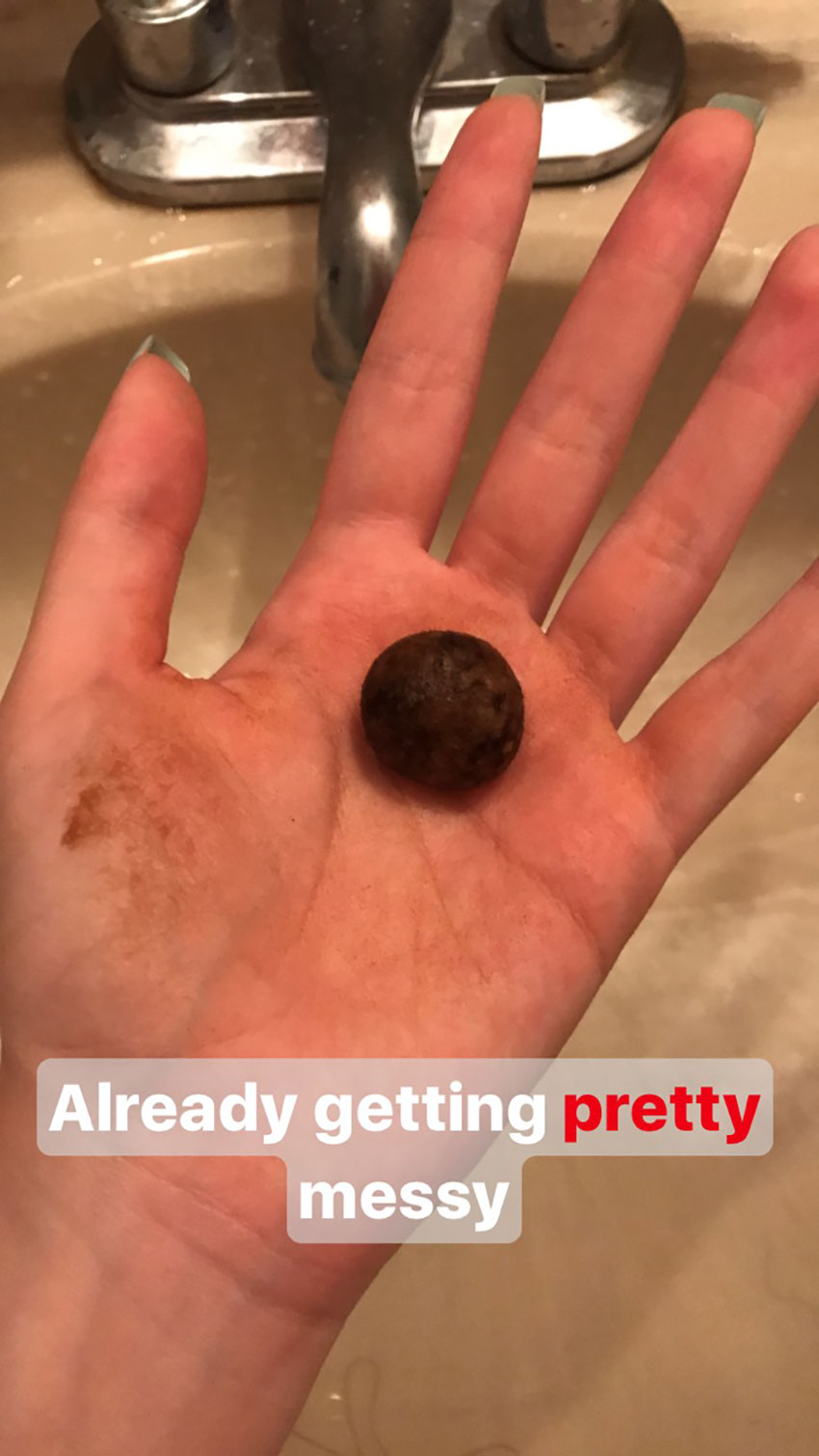
African black soap is used to treat skin different ailments such as rosacea or rashes. Its antibacterial ingredients help with acne, but can also be used in shampoo or as a makeup remover. However, it is important to keep the soap out of your eyes, since it's likely to cause stinging.
Beautymunsta.com praises African black soap for:
- Removing wrinkles
- Unclogging pores
- Soothing acne breakouts
- Fading skin discoloration, dark spots, and acne scars
- Reducing discomfort for psoriasis and eczema
- Helping relieve skin rashes
How To Use African Black Soap For Acne
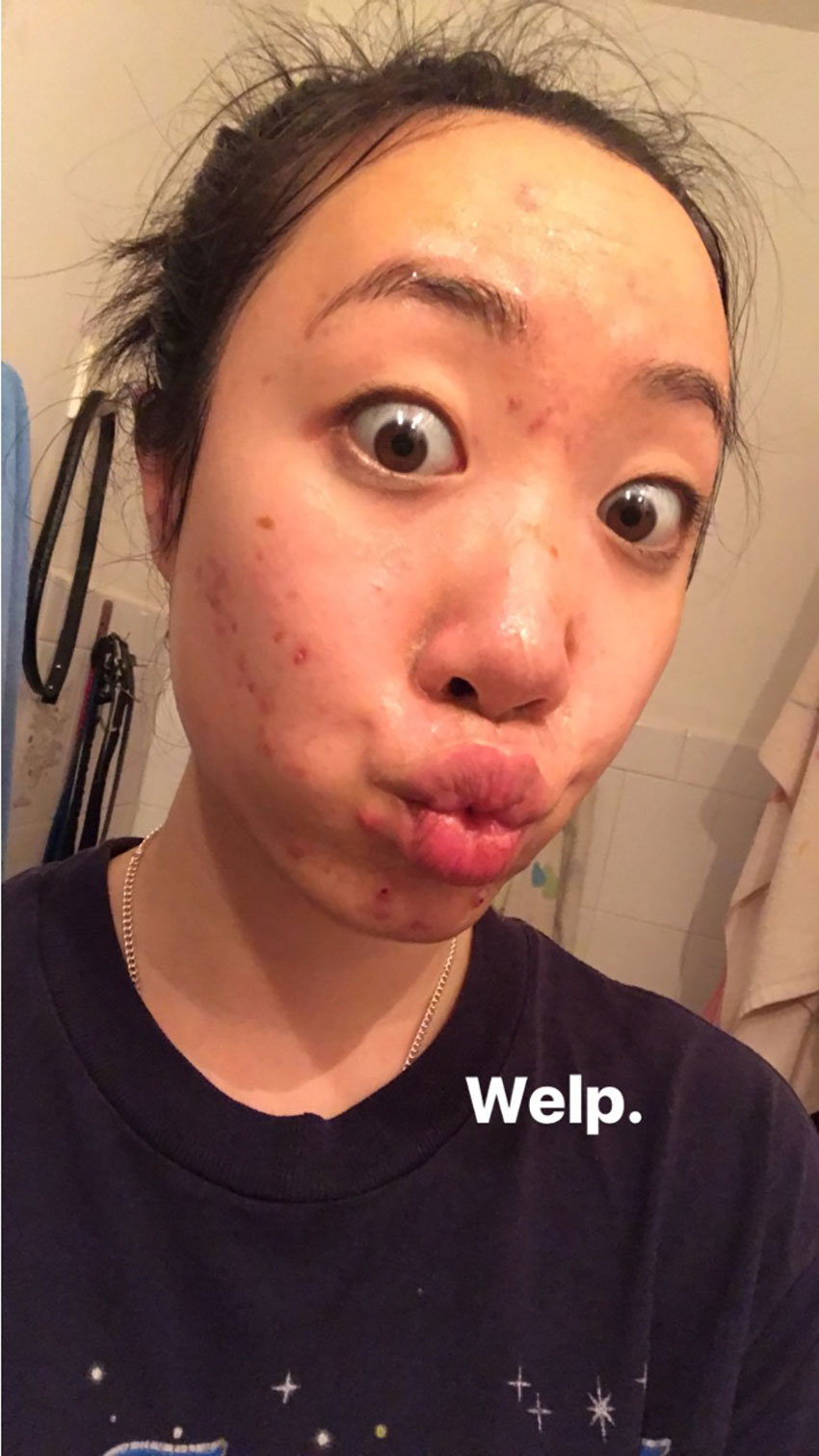
Though the process it very simple, it is important to be careful when using black soap directly on your skin since its exfoliating properties might be too harsh. Raw black soap is not recommended for drier skin types since it can be drying. If this is the case for you, avoid using excess product.
- Take a small marble-sized piece and knead it into a ball.
- Lather the soap in your hand to remove jagged edges.
- Rub the lather gently onto face. If using soap directly, but very gentle to avoid irritation. Avoid contact with eyes.
- Wash off with cold water. For sensitive skin, do not leave on for too long. If skin feels squeaky, too much product was used.
- Immediately follow with moisturizer.
- Store African black soap in airtight bag or container to keep moisture from melting the soap.
Before Using African Black Soap For Acne
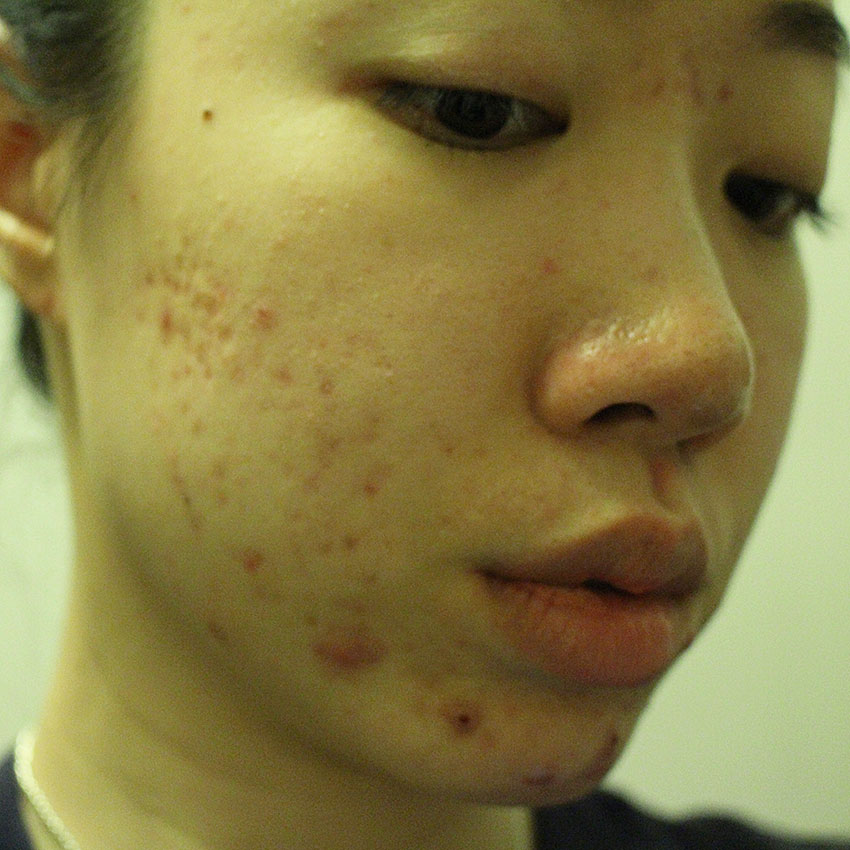
My acne was probably at one of its worst points in the month, with large breakouts on all areas of my face. Some of them were already in the process of healing, thanks to the tea tree oil I was using, but I put that on hold for this experiment.
I washed my face with just African black soap for the next two weeks to be sure there were no other factors that were affecting my acne. I wanted to make sure the changes in my skin, or lack there of, were happened only because of the soap.
The Experiment Day 1: First Impressions

I chose to use raw African black soap since it was the most recommended for my oily skin. I purchased mine on Amazon, where there are multiple retailers that sell raw black soap. If you want something more accessible, Shea Moisture seems to be a popular choice. Their formula contains shea butter, so it's a better option for drier skin.
It was very easy to make a ball out of the soap. The texture is similar to putty or clay. After rolling it around in my hand, it got everywhere and was a bit messy. It wasn't the most pleasant smell, but that wasn't unexpected. It was also very easy to lather up. I wouldn't recommend using it directly on the face since it was difficult to maintain a grip on it.
Washing it off left my hands feeling like there was soap residue on them, though. Areas with active acne had a slight stinging sensation, but my research told me that was supposed to happen. I didn't see any immediate benefits from the black soap.
Day 3

For the first week or so, I was still experimenting with the amount of African black soap I was using and how long I would keep it on my skin. I was afraid to dry out my skin too much, since that can cause excess oil and potentially damage my skin. At the same time, I didn't want to use too little and have there be no effect.
On day three, I definitely used a bit too much, because my skin had that weird squeaky clean feeling as I was washing the black soap off my face. Beyond that, nothing notable happened.
Day 5
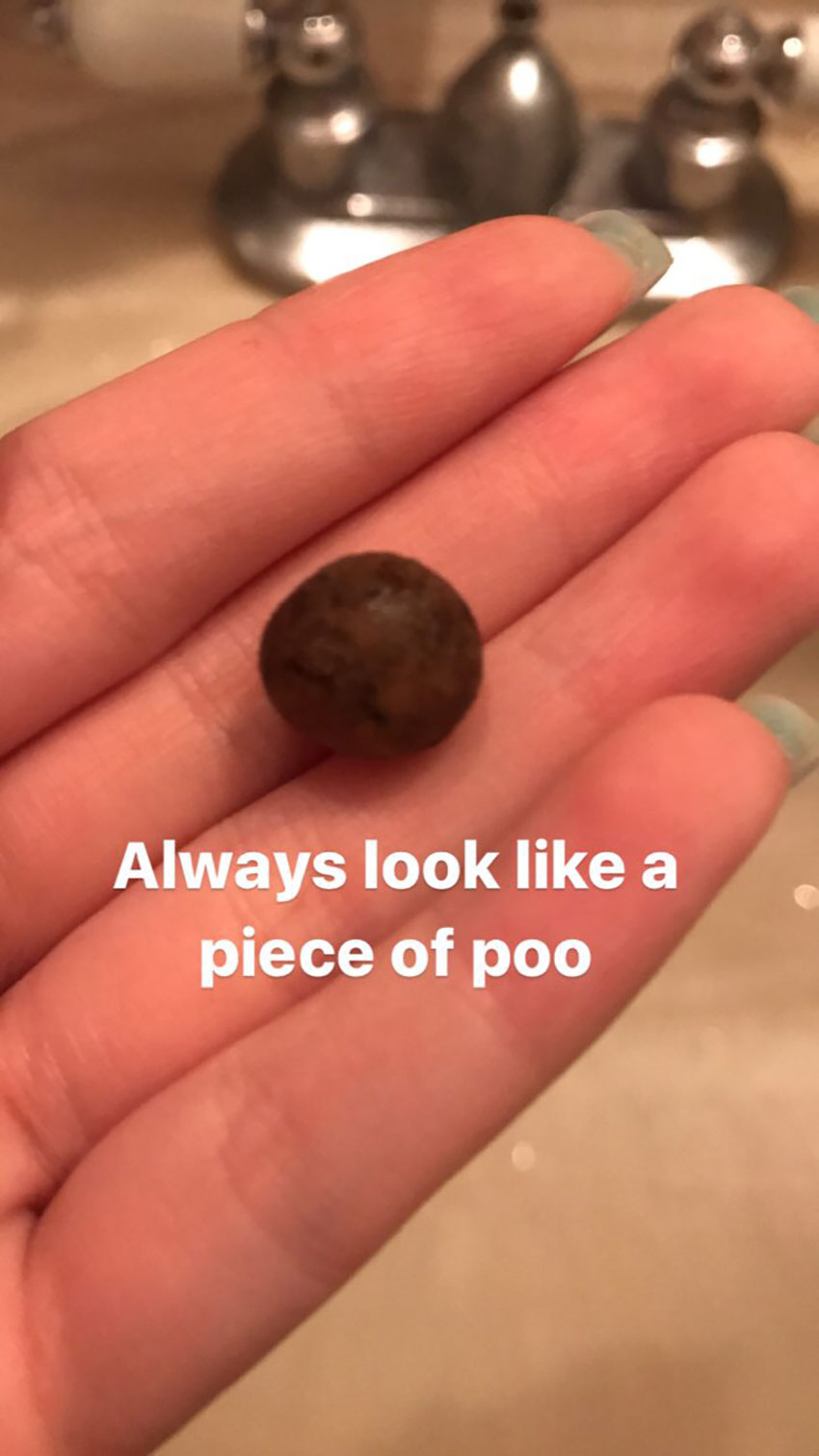
By day five, I still wasn't used to the look and feel of the soap. The texture and color didn't help either, but I kept using it anyway. I wasn't noticing any differences in terms of it clearing up my acne, but I continued to hope for results.
End Of Week 1
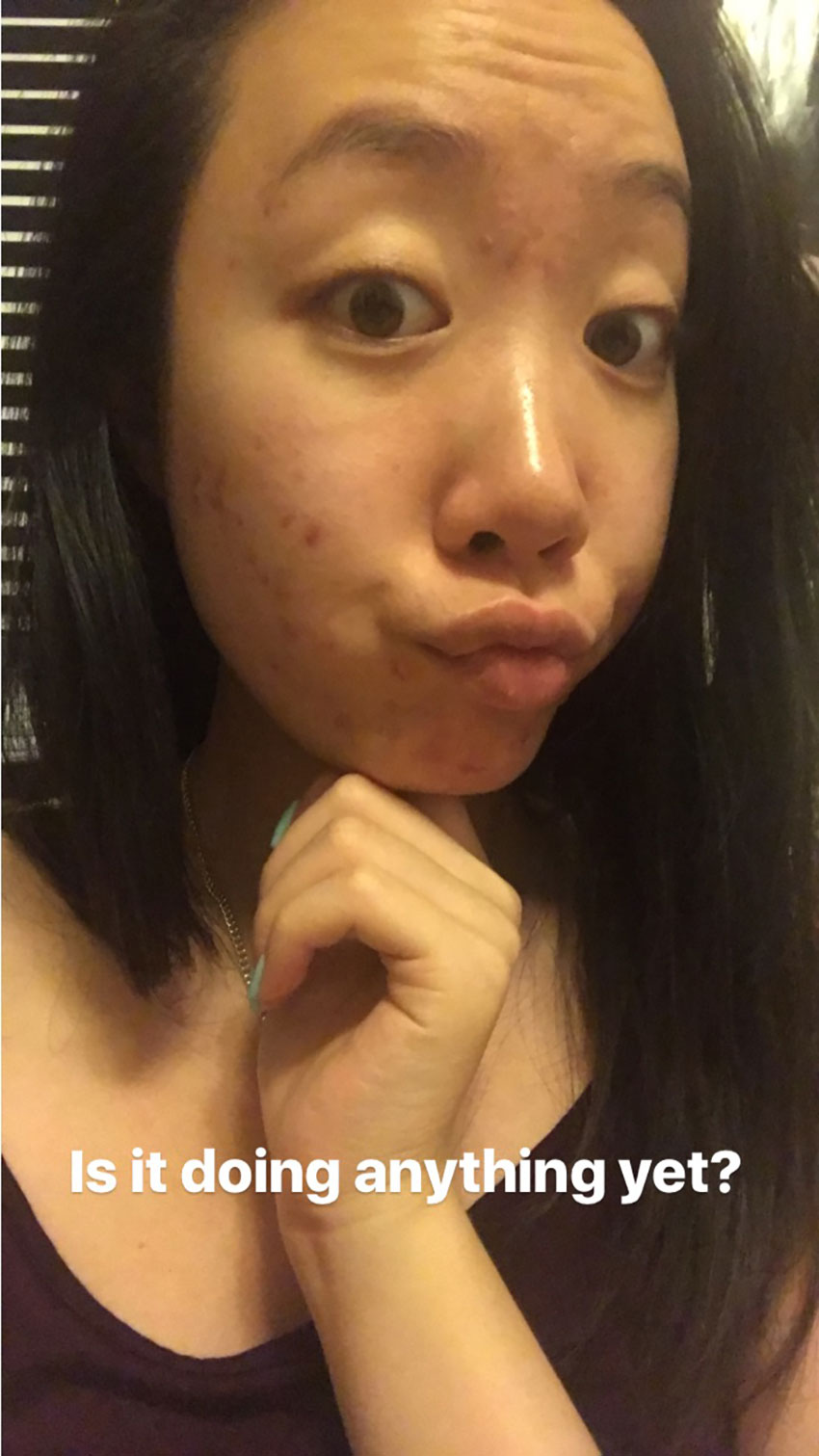
By the end of the week, I started to miss my normal face routine. I wasn't seeing any difference, so I didn't know if the African black soap was doing anything for my acne.
People say that it has to get bad before it gets better, but my acne wasn't changing at all. Maybe I was doing something wrong, but I followed the instructions as stated. Multiple sources recommended the same method for using the soap, so I was getting skeptical.
Day 9
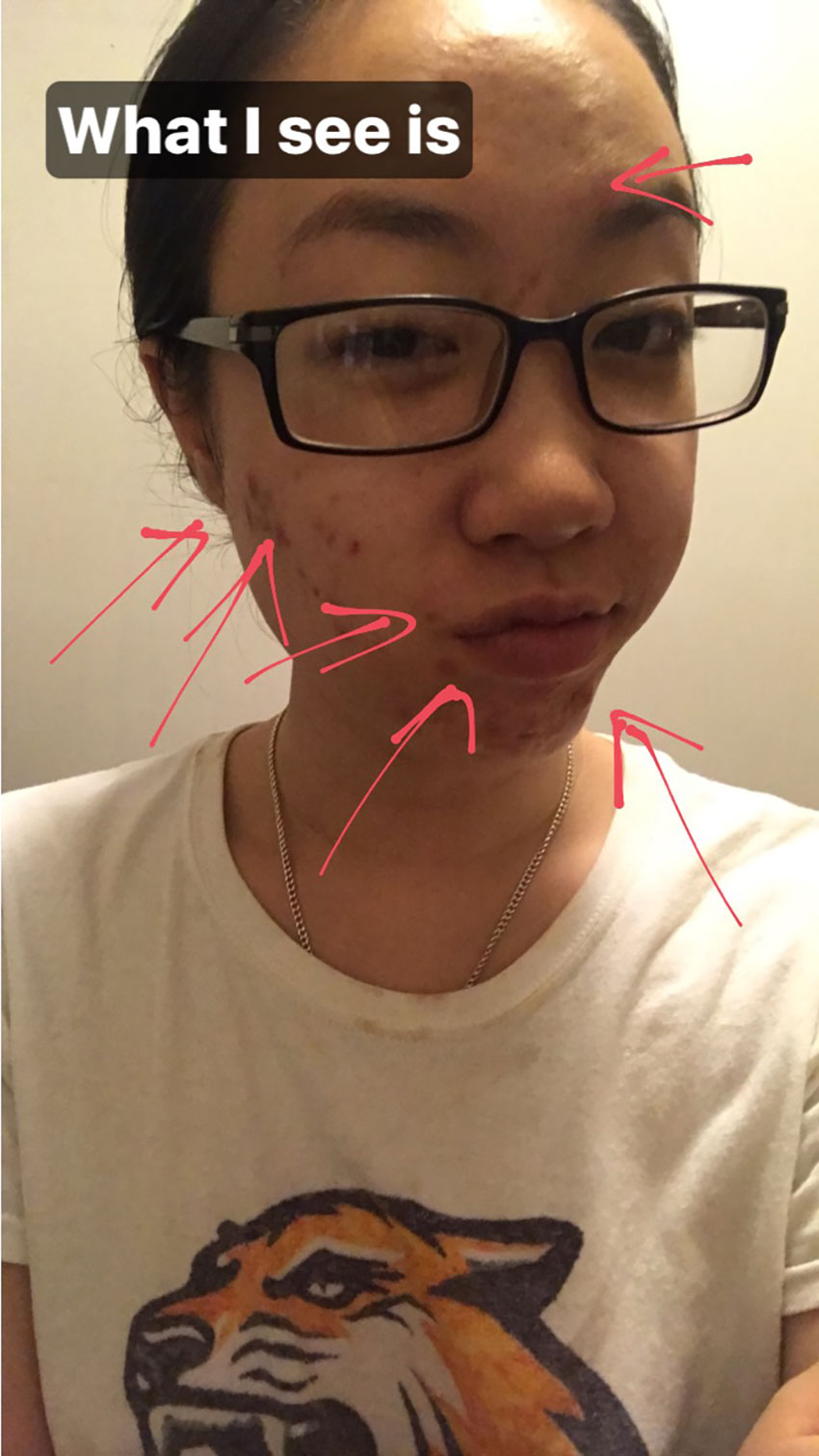
On day nine, I had three fresh new pimples and some active pimples that still haven't gone away. I could still see the remnants of the acne breakouts from when I started the experiment as well. Maybe this is where it starts to get bad before getting better — extracting all the nasties under the surface to get rid of the toxins.
I hadn't seen any changes in the oiliness or dryness of my skin so far. I was still getting oily throughout the day, but it's summer with 90 degree weather on a normal day, so I wasn't surprised. I had hoped the black soap would help to control my oil at least a little, but unfortunately, that wasn't the case.
Day 11

By day 11, I still couldn't tell if the African black soap worked for acne or not. The blemishes that came up in the last two days were flattening out and draining, but the discoloration was still there. This definitely hasn't been the best remedy I've tried.
End Of Week 2
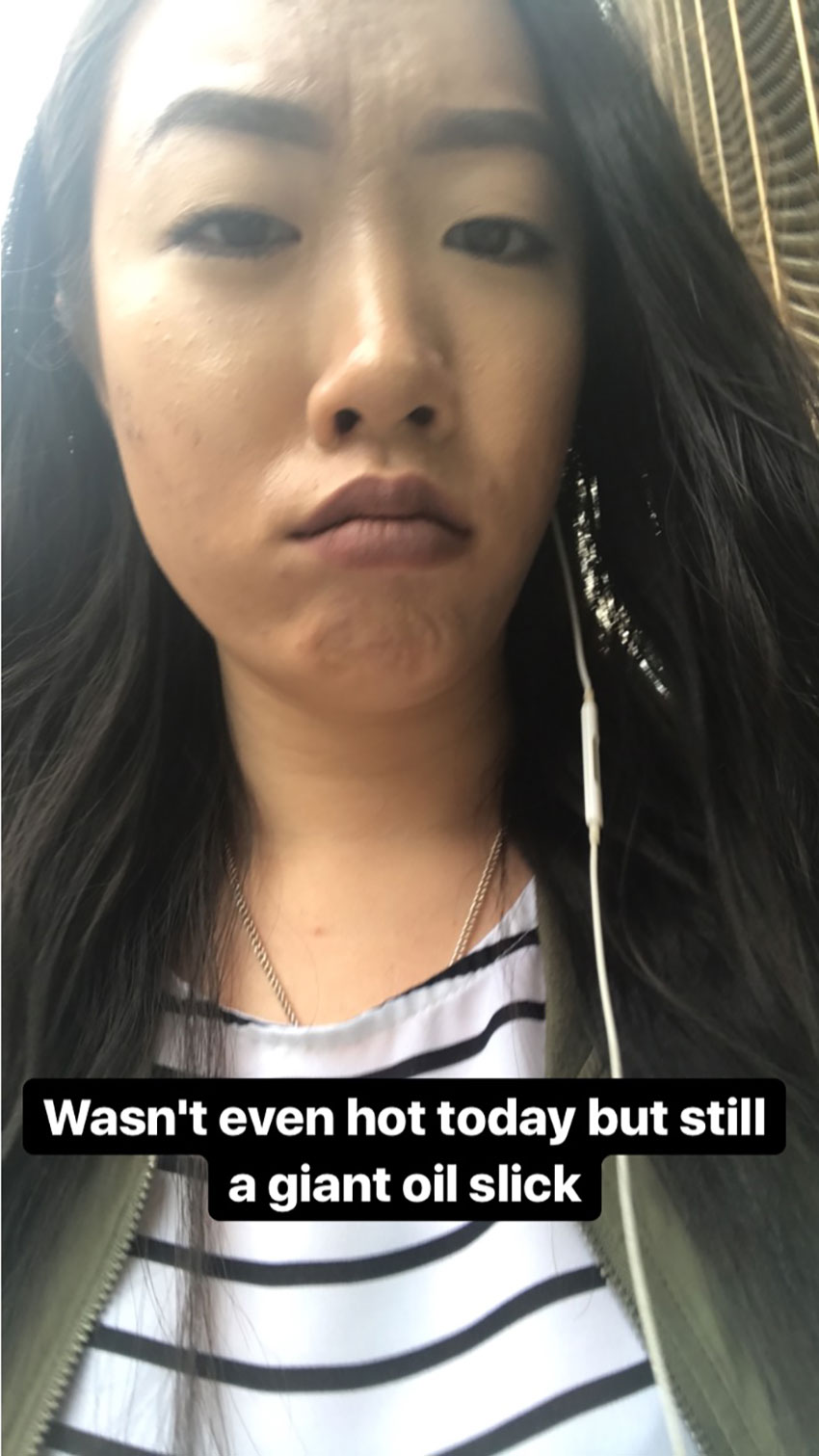
By the end of the second week, I was still not convinced that the African black soap was doing great things for my acne. Despite the cooler weather, I was still constantly oily throughout both the night and the day.
My skin didn't look dramatically different and didn't feel any healthier after using the soap. While my acne thankfully hasn't broken out the way it used to in middle school, it doesn't look amazing either.
African Black Soap: Before And After

Looking at the before and after photos, I can still distinctly point out the spots that were there when I started this experiment. Sure, they're drained and less prominent, but the scars and newer blemishes are still prominent.
Pros: It's affordable, a little goes a long way, and it's easy to use.
Cons: I'm still breaking out, with new spots showing up every day. I don't feel like it has helped to keep my skin less oily and the texture of my skin has not changed.
Final thoughts: African black soap has definitely not earned a spot in the "cannot live without" category of my daily routine.
If you found this article helpful and are curious to find out if African black soap works better for you, SHARE it with your friends!


